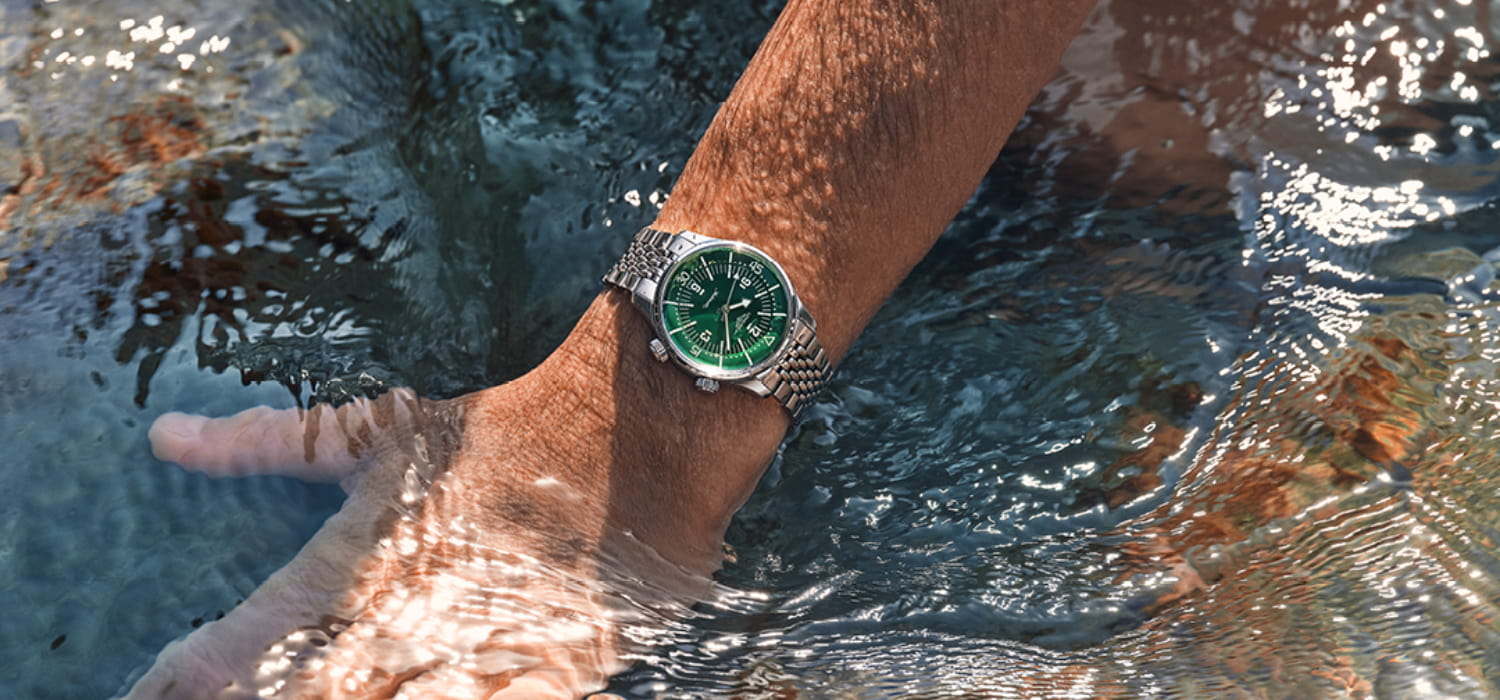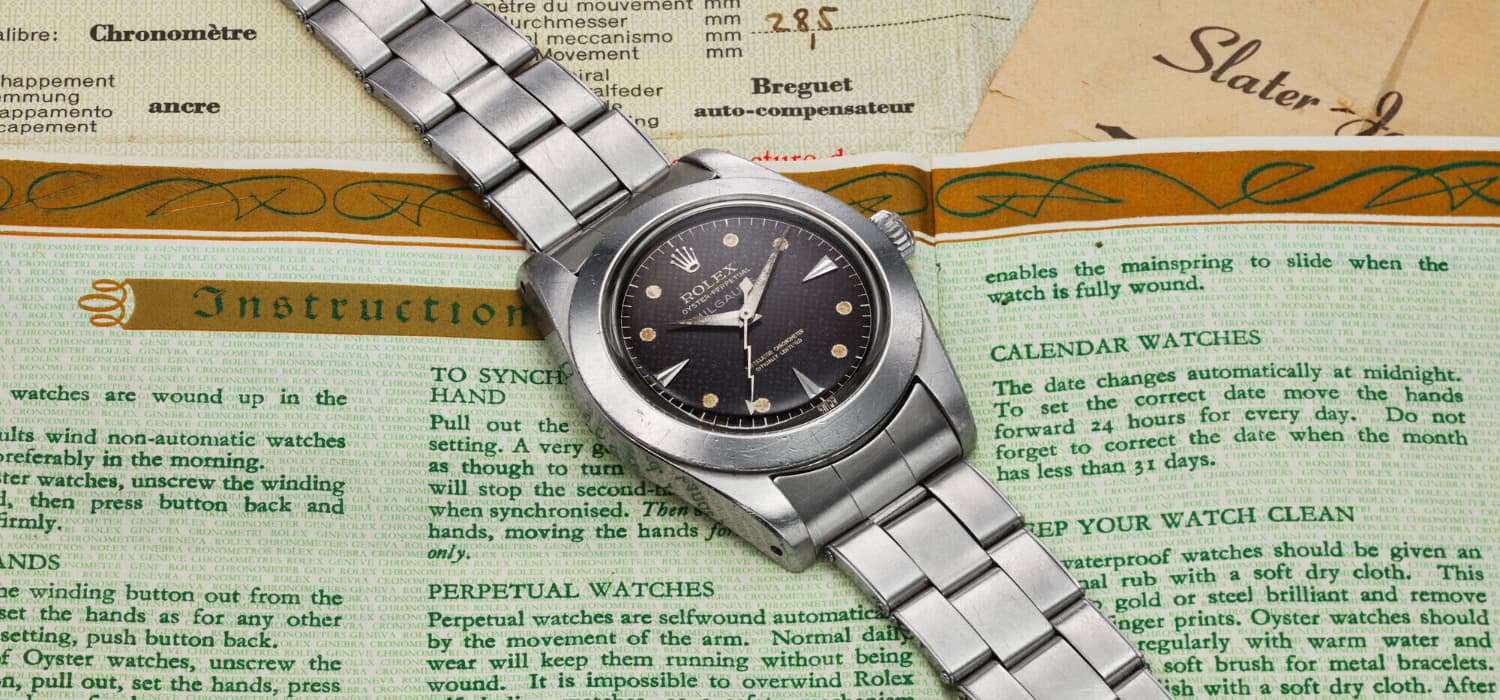
Are you ready to dive into the world of the most adventurous timepieces? Meet diving watches—the bold explorers of the watch universe. We’ve put together a comprehensive dive watches guide for Saatolog readers, covering everything you need to know about diving watches from A to Z.
The 20th century—or more specifically, the early 1900s—was a period of groundbreaking developments in human history. It wasn’t just the world wars that redrew the global map; the construction of international railways, the first flights by the Wright brothers, and the rapid spread of electricity from factories to homes marked the dawn of a new era. As aviation pioneers soared through the skies, early diving trailblazers like Jacques Cousteau were descending into the mysterious world beneath the waves. Among the many technological advancements of this dynamic century, one of the most fascinating was the exploration of the ocean’s depths. As humanity’s curiosity about the underwater world expanded, the watchmaking industry rose to the challenge, seeking ways to create water-resistant timepieces. And so began the adventure of diving watches.
How to Buy a Dive Watch?
A Brief History of Diving Watches
The very first water-resistant watch case was introduced in the early 1920s. In the years that followed, several watch brands began to design the earliest models of diving watches. As submarine technology advanced during World War II, diving watches were manufactured specifically for naval forces across different countries. By the 1950s, diving watches had entered the mainstream, becoming iconic pieces in the collections of many major watchmakers.
Fast forward to today, and diving watches are no longer limited to professional divers. Thanks to their rugged build, aesthetic appeal, and everyday comfort, these timepieces have earned a spot on the wrists of watch lovers from all walks of life. But what should you look for when choosing a diving watch? According to the International Organization for Standardization (ISO), a watch must have a minimum water resistance of 100 meters to be officially classified as a diving watch. Beyond this essential requirement, there are several other important features to consider—such as a highly legible dial and a durable case. We’ve gathered all these details in this guide, making it an essential resource for anyone considering adding a diving watch to their collection.
Published by the International Organization for Standardization in 1980 and updated in 2018, the ISO 6425 standards outline the essential features that define a true diving watch. According to these standards, a diving watch must:
- Be water-resistant to a depth of at least 100 meters
- Feature a reliable system for measuring the duration of a dive
- Have a bezel, watch face, and second hand that are clearly visible in the dark from a distance of 25 centimeters
- Be resistant to magnetic fields, shocks, and saltwater, and continue to operate reliably underwater
What to Look for When Buying a Diving Watch
Water Resistance
The first and most crucial feature to consider when purchasing a diving watch is its water resistance. As defined by the ISO 6425 standard, a true diving watch must be water-resistant to at least 100 meters. However, many diving watches exceed this requirement, with models commonly offering water resistance between 200 and 300 meters. The greater the depth rating, the more suitable the watch is for advanced diving. Before making a decision, always check whether the watch carries official ISO certification.

Take, for example, the latest Longines Legend Diver. This model not only meets ISO 6425 standards with a 300-meter water resistance but also boasts full chronometer certification from COSC (Contrôle Officiel Suisse des Chronomètres), ensuring precise timekeeping. At the heart of the watch lies the specially developed L888.6 caliber, featuring a silicon balance spring and advanced materials that provide magnetic resistance ten times stronger than required by the ISO 764 standard. With a 72-hour power reserve, it keeps ticking even after a weekend off the wrist. The case back includes a finely detailed engraving of a diver with a harpoon, screwed in perfectly in line with the hour hand—an homage to Longines’ signature craftsmanship.
Rotating Bezel
The bezel is used to measure elapsed time underwater. Before diving, the bezel is rotated to align its reference point with the minute hand. As time passes, the diver can track how long they’ve been submerged. Diving watches typically feature a unidirectional bezel, which prevents the risk of miscalculation in the event of accidental impact underwater. When evaluating a diving watch, be sure to check whether the bezel markings are highly legible and whether it rotates smoothly and securely.
Screw-Down Crown
Unlike regular timepieces, diving watches are usually equipped with a screw-down crown. This feature enhances both water and pressure resistance, and is far less likely to open unintentionally during underwater use. It’s a crucial detail that provides added security for divers.

The 2025 edition of the Longines Legend Diver expands the brand’s iconic diving collection. Featuring dual winding crowns and an internal rotating bezel, the model pays tribute to the original 1959 design. The bezel—positioned inside the case and adjusted using the crown at 2 o’clock—offers both protection and a sleek design that prevents accidental movement underwater. Its 60-minute scale and luminous triangular marker on the flange make underwater timekeeping more efficient, while the internal placement of the bezel preserves the vintage character of the legendary model.
Readable, Bright Dial
ISO standards require that the dial of a diving watch be easily legible from at least 25 centimeters underwater. The hands must be clearly distinguishable from each other and from other dial elements. Bright, luminescent materials should be applied to the indices and hands for optimal visibility. Sapphire crystal, frequently used in high-end diving watches, enhances both visibility and scratch resistance. When shopping for a diving watch, consider testing the dial’s clarity and brightness in a dark setting to evaluate its real-world performance.

Continuing Longines’ legacy in high-frequency watchmaking, this model stands out not only for its refined elegance but also for its remarkable precision in capturing time. Super-LumiNova-coated, engraved indices enhance dial readability underwater. The GMT function allows for tracking two time zones, making the watch versatile—ideal for both underwater exploration and international travel.
Bracelet / Strap
When it comes to diving watches, stainless steel bracelets and rubber straps are the most commonly preferred options—each offering unique advantages. Steel bracelets are favored for their robust and durable construction, providing long-lasting wear even in challenging environments. On the other hand, rubber straps are praised for their ease of use, superior water resistance, and the visual appeal of varied color designs. Regardless of the material, the comfort of the bracelet on the wrist is a critical factor to consider when purchasing a diving watch.

Crafted from a titanium-carbon alloy case, the Ultra-Chron combines corrosion resistance, shock durability, and lightweight comfort, making it a standout in both design and performance. As a high-frequency diving watch, the Ultra-Chron operates at 36,000 vibrations per hour, ensuring more precise timekeeping. This advanced feature makes it an ideal choice for professional users who demand top-tier accuracy.
Durable Case Material
Another key aspect to evaluate when buying a diving watch is the durability and comfort of the case—especially for underwater use. It’s essential that the case resists corrosion, withstands shocks, and remains wearable throughout a dive. Stainless steel remains the most widely used material for diving watches, thanks to its toughness and resistance to environmental damage. Titanium and ceramic are also popular choices, prized for their lightweight yet durable properties, making them excellent alternatives for those seeking both comfort and resilience.



